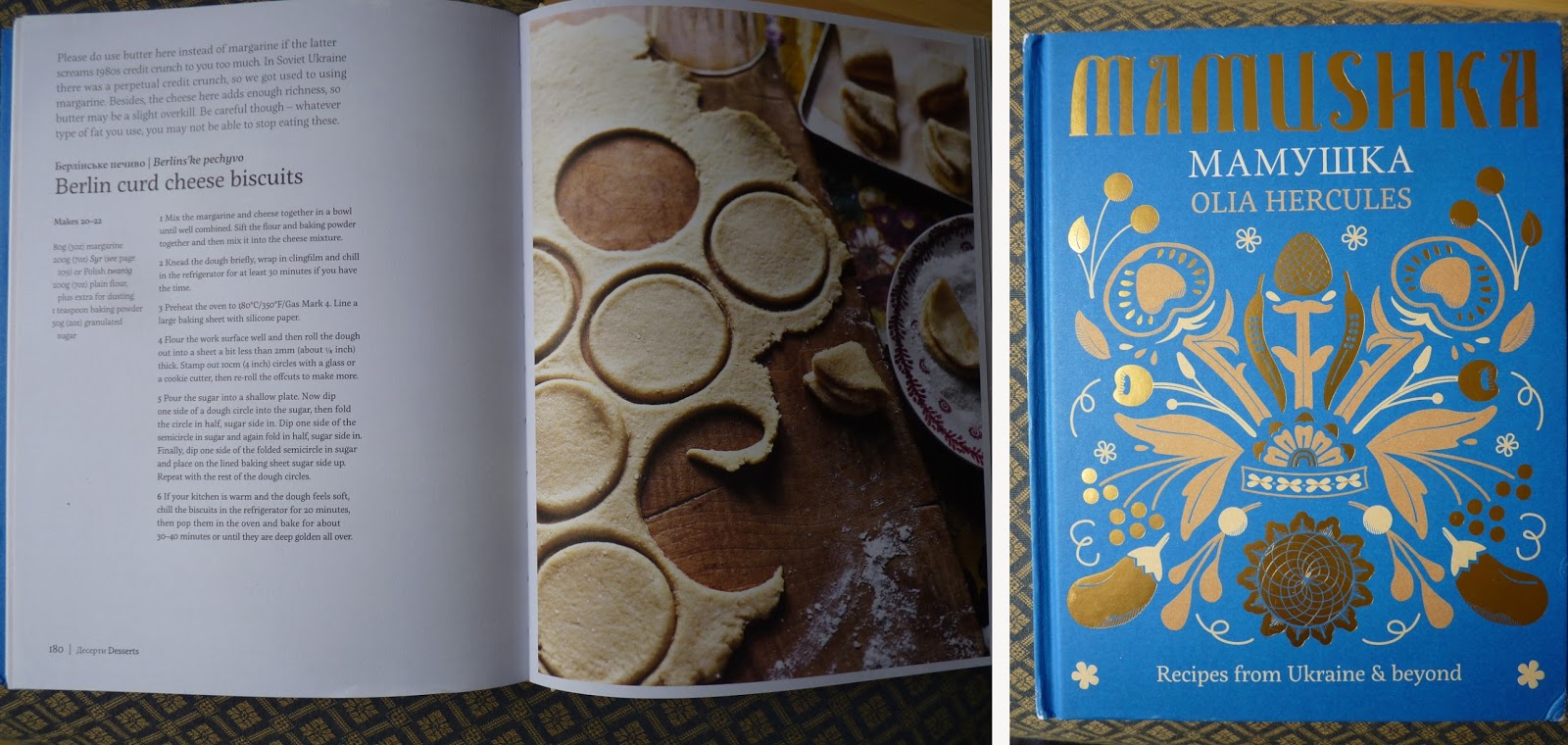
My: Spaghetti squash — or vegetable spaghetti, Courgette Geode, Yellow courgettes.
The 10 best courgette recipes | Life and style | The Guardian
Pickled courgettes
Pickling small courgettes is a great way of preserving a summer glut.
Eat as you would a pickled gherkin.
Makes 2-3 jars
450g small courgettes, sliced lengthways
1 tsp salt, plus extra for sprinkling
1 tsp turmeric
2 tsp mustard seeds
2 tbsp clear honey
300ml cider vinegar
2 onions, sliced into thin rings
1 Sprinkle the courgettes with salt and leave for 1 hour.
2 Mix the turmeric, salt, mustard seeds, honey and vinegar in a pan, bring to the boil and simmer for five minutes. Leave to cool, skimming the surface if necessary.
3 Drain the courgettes, wash well and pat dry. Pack into warmed, clean jars with the onion rings. Cover with the spiced vinegar. Seal well and store for 2-3 days before eating.
Recipe adapted from The Perfect Pickle Book by David Mabley and David Collison (Grub Street)
Courgette praline cake
Moist and dense with a hint of cinnamon, this courgette cake with maple icing and salted almonds is an indulgent way to use up a courgette garden-glut.
Serves 10-12
3 eggs
240ml vegetable oil
300g courgette, grated
400g granulated sugar
2 tsp vanilla extract
400g plain flour
1 tsp bicarbonate of soda
¼ tsp baking powder
1 tsp salt
1 tbsp cinnamon
For the icing
240g light brown sugar
225g butter
60ml whole milk
1 tsp maple flavouring/ maple syrup
220g icing sugar, sifted before measuring
70g salted almonds or pecans, coarsely chopped
1 Preheat the oven to 160C/140C fan/325F/gas mark 3. In a medium bowl, stir together the eggs, oil, courgette, sugar and vanilla extract until well blended.
2 In a separate bowl, combine the flour, bicarbonate of soda, baking powder, salt and cinnamon. Add the dry ingredients to the courgette mixture and stir until just combined.
3 Divide the batter evenly into three 23cm cake tins (well greased or nonstick). If you don't have three pans, bake the cake in batches. Bake until the cake is light brown and set in the middle, or for 22-25 minutes. Turn the cakes out on to a rack to cool.
4 In a medium saucepan, combine the brown sugar and butter. Cook on a medium heat, stirring constantly, until the butter melts and the sugar has dissolved – about 2-3 minutes.
5 Pour in the milk. Continue to stir and bring to a boil. Remove the pan from heat and stir in the maple flavouring. Set aside to cool slightly.
6 Place the icing sugar in a large bowl. Pour the butter mixture over the icing sugar and mix with a spoon for 2-3 minutes until the icing is smooth. Use the icing while it is still warm.
7 Place one layer of the cake on a plate and pour icing in the centre. Spread the icing out to the edges, then set the next cake on top. Repeat. Set the third cake on top and pour the remaining glaze over the cake.
8 Spread the icing to the edges and let it naturally drip down the sides or use a palette knife or spatula to frost the sides if you wish. Sprinkle the top with the almonds.
9 Let the frosting set for at least 30 minutes before cutting. This cake will store well for a few days at room temperature, wrapped tightly.
Recipe supplied by Mary Miller, apassionateplate.com






